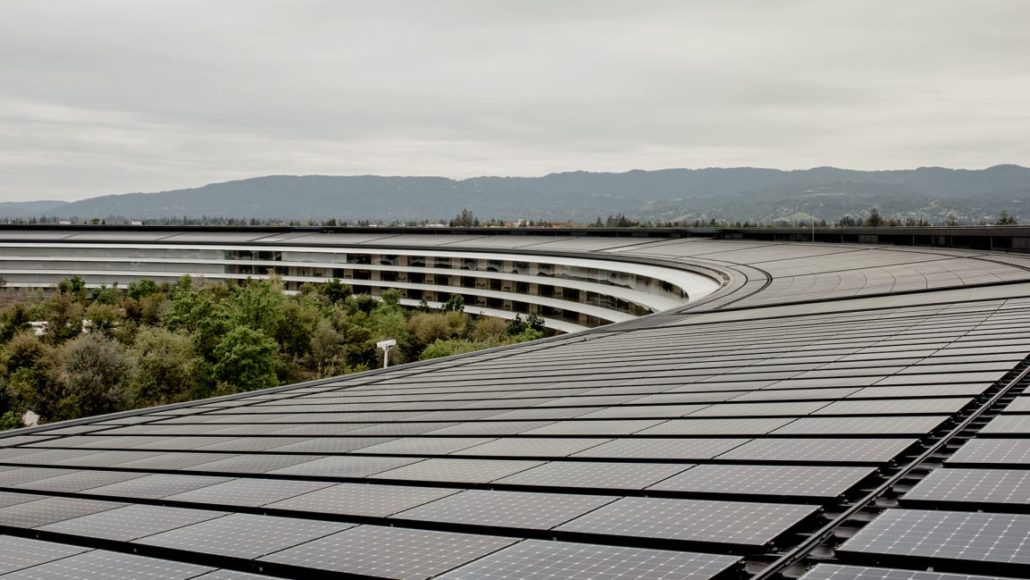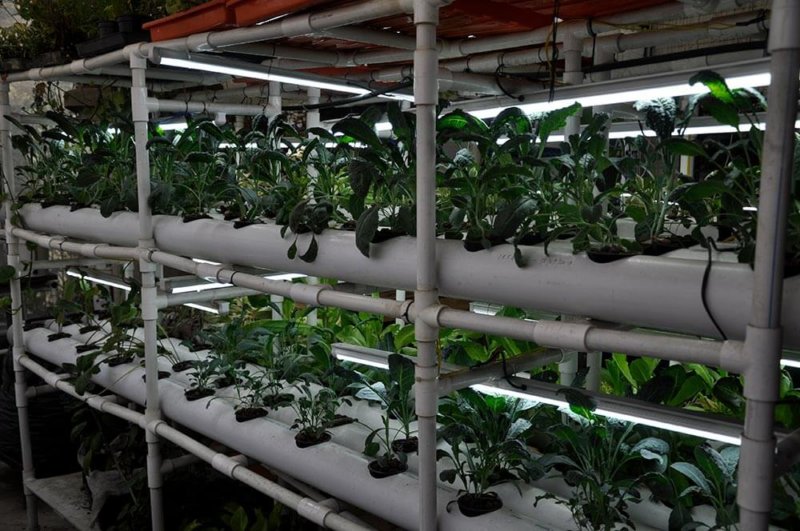Is the Future of Farming Vertical
New findings of operations that can benefit from “vertical farms”? Vertical food production can take advantage of stranded assets, such as old thermal power plants. Urban food production can offer to more consumers local fresh food produced sustainably with less waste.
America is having to rethink where and how it produces its food. In the 21st century, the U.S. food system is likely to change even more than it did in the past century. Because of climate change, major production areas such as California will experience extremes in temperature and precipitation, generally growing hotter and drier — and all at a pace that appears to be happening sooner than predicted.
The U.S. food system needs to diversify production. But instead of expanding into grasslands or areas already used for other crops, we should think about growing food at scale in big cities. Would our food system benefit from “vertical farms”? And if so, can we seize an opportunity to use existing, stranded assets?
Vertical farms are usually indoor operations with stacked or wall-like planters that leverage networked technology to monitor and nourish plants precisely, often without the use of soil. At least 100 vertical food production startups are in U.S. cities, but few take advantage of stranded assets, such as old thermal power plants.
Thermal power plants have qualities that make them inherently amenable to vertical farming. They consume about 45 to 50 percent of all the water used to cool plants during power generation. Disposing of the hot water is both a nuisance and a cost. Heat, water, energy and captured slipstream emissions are all byproducts of energy generation and could be available for producing food.There are social advantages, too. In most urban areas, thermal power plants are surrounded by low-value brownfields that have little or no productive use. Many have had to be been taken over by cities for back taxes, and they are usually in “food deserts” — poor neighborhoods with little to no access to grocery stores with fresh produce. These areas could benefit from vertical farms and fresh produce.
Vertical farming can create business opportunities. The centralization and specialization of food production have put considerable distance between consumers and their food, both figuratively and literally. By creating vertical, urban food production, we can narrow that gap and give more consumers what they want: local food produced more transparently and sustainably, with less waste and fewer impacts.
Many parties have vested interests in the answers:
Power companies can benefit from added value; retailers can benefit from shorter supply chains and reduced waste; government agencies can improve local food systems; communities can eliminate their food deserts; tech companies can drive research and development, and academics and research institutions can build capacity about new ways to grow our food.
Source: GreenBiz












